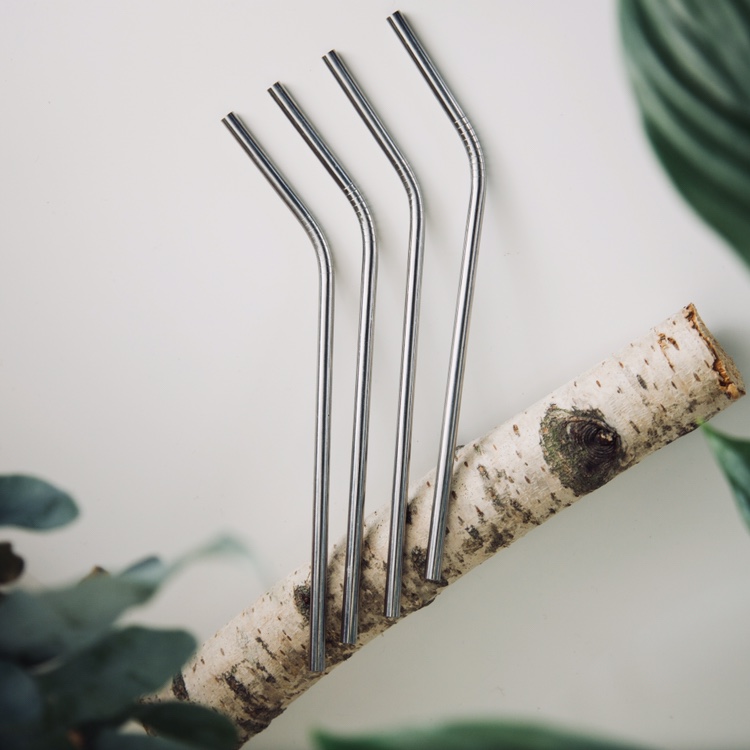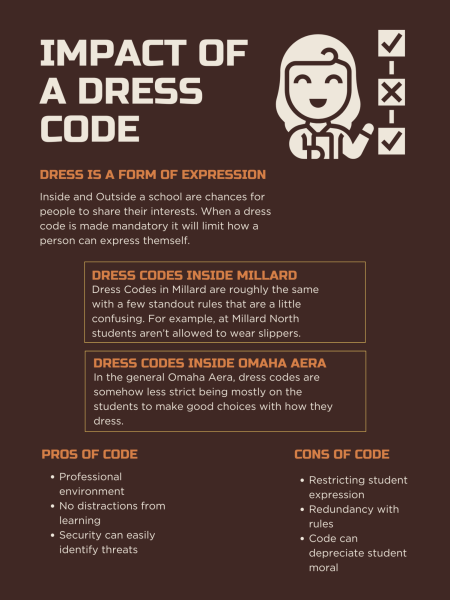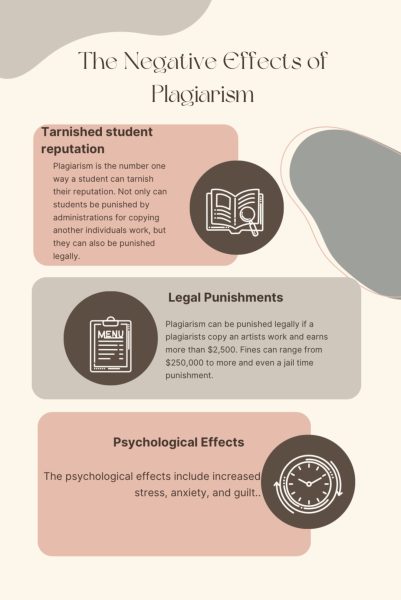Sipping on polluted water
Reaching to invest in a metal straw only furthers the harm we create
Marketing platform Depop advertises metal straws with the hopes of cutting down on pollution and save marine life.
August 26, 2019
As individuals today, we make conscious decisions in an effort to make an impact and make our carbon footprint smaller in society. With the intense concern of pollution on our planet, everyday consumers make small steps to living a greener life. Because of this, people recycle plastics and choose to use reusable water bottles rather than single use plastics. With this change, metal straws have made a large appearance, typically sold with the notion that shoppers will be saving sea turtles and reducing waste.
The debate of straws arose in 2015 after a graphic viral video displayed a sea turtle having a straw slowly removed from its nostril. After this, plastic straws became a heated debate that helped accelerate the advertisement of metal straws.
While this product does help cut down on the number of single use plastic straws, many customers will continue to use plastic cups. An example, Starbucks customers, when ordering their favorite beverage, a plastic green straw is provided along with a plastic cup. Metal straw users tend to throw out the green straw and replace with the metal straw, which makes no change considering the straw is still used. Along with that, customers are provided a single use plastic cup that will be tossed only to reach the final destination of a landfill or maybe a recycling facility. The counter production of metal straws and plastic cups will only continue to supply trash to the fast growing weight of plastic swimming in our seas.
Along with metal straws, productions for the item is tedious.
Considering the straw is metal, buyers contribute to the toxic waste that will come from metal mining. This poisonous sludge can only find its way back into the environment, further harming the world we inhabit. According to the Chicago Tribune in an article published in 2019, data examined by the Associated Press show that there is an average flow of more than 50 million gallons of contaminated wastewater that flows into rivers, ponds and underground water. This leads to the contamination of drinking water and the pollution of ecosystems that organisms inhabit. Cleaning up for such situations will take hundreds to thousands of years with little reimbursement and preservation. After this, people who take homage of affected areas are forced to use water bottles as contaminated water continue to flow through the pipes of their homes.
Continuing to support a metal straw industry is advertised as productive and environmentally friendly, but the costs of production outweigh the outcome. While saving the environment is what 2019 is about, consumers only see the pastel colored logos that advertise saving the sea turtles.
Although plastic straws do pertain to the amount of pollution masquerading our environments, according to National Geographic in a 2018 article, eight million tons of plastic is swimming in our oceans with plastic straws composing only 0.025% of the weight. In an effort to really make an impact on the environment, individuals should minimize and reduce the number of single use plastics. According to Steve Russell, vice president of plastics for the American Chemistry Council in a 2018 article by Phys.org, the key to reducing marine litter is “in investing in systems to capture land-based waste and investing in infrastructure to convert used plastics into valuable products.”
Instead of investing in the $20 metal straw, consumers can donate to organizations who work around the clock to remove litter scrounging in our oceans. Programs such as the Surfrider Foundation and Oceana work to protect and preserve by holding beach clean ups and online petitions or donations.
Rather than reaching in pocket to pay for a minuscule tube of metal, patrons should pass up the online deals and drink straight from the cup or invest in a reusable water bottle.


















